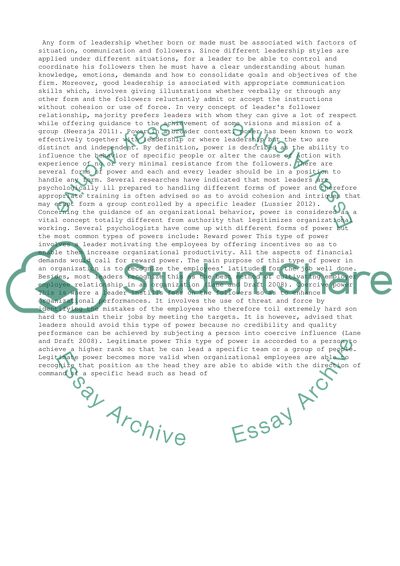Cite this document
(“Discuss how and why leaders are able to influence their followers Essay - 1”, n.d.)
Retrieved from https://studentshare.org/management/1494342-discuss-how-and-why-leaders-are-able-to-influence
Retrieved from https://studentshare.org/management/1494342-discuss-how-and-why-leaders-are-able-to-influence
(Discuss How and Why Leaders Are Able to Influence Their Followers Essay - 1)
https://studentshare.org/management/1494342-discuss-how-and-why-leaders-are-able-to-influence.
https://studentshare.org/management/1494342-discuss-how-and-why-leaders-are-able-to-influence.
“Discuss How and Why Leaders Are Able to Influence Their Followers Essay - 1”, n.d. https://studentshare.org/management/1494342-discuss-how-and-why-leaders-are-able-to-influence.


